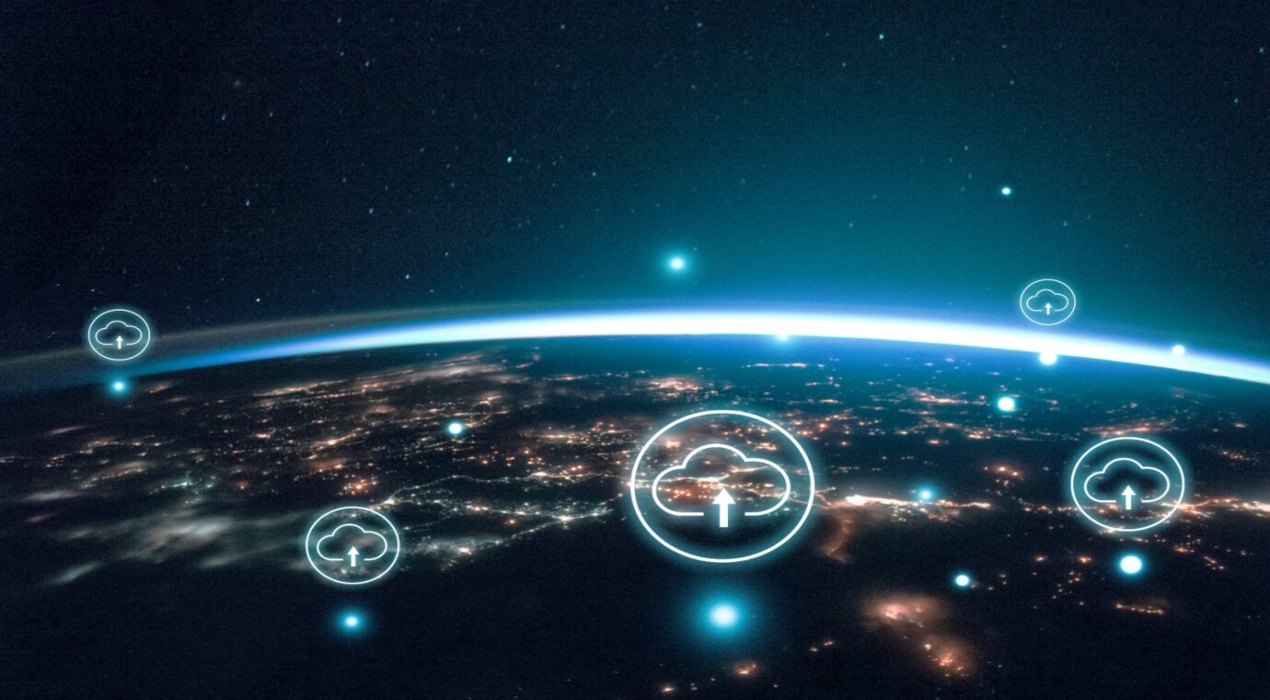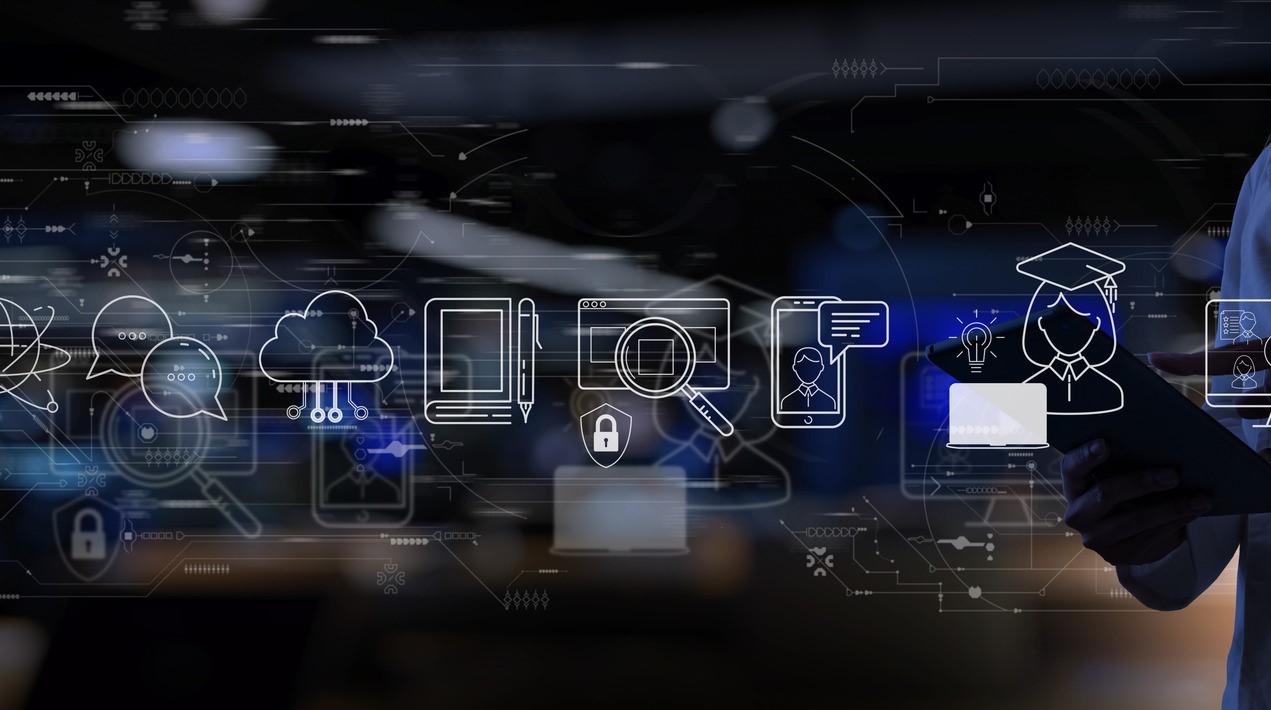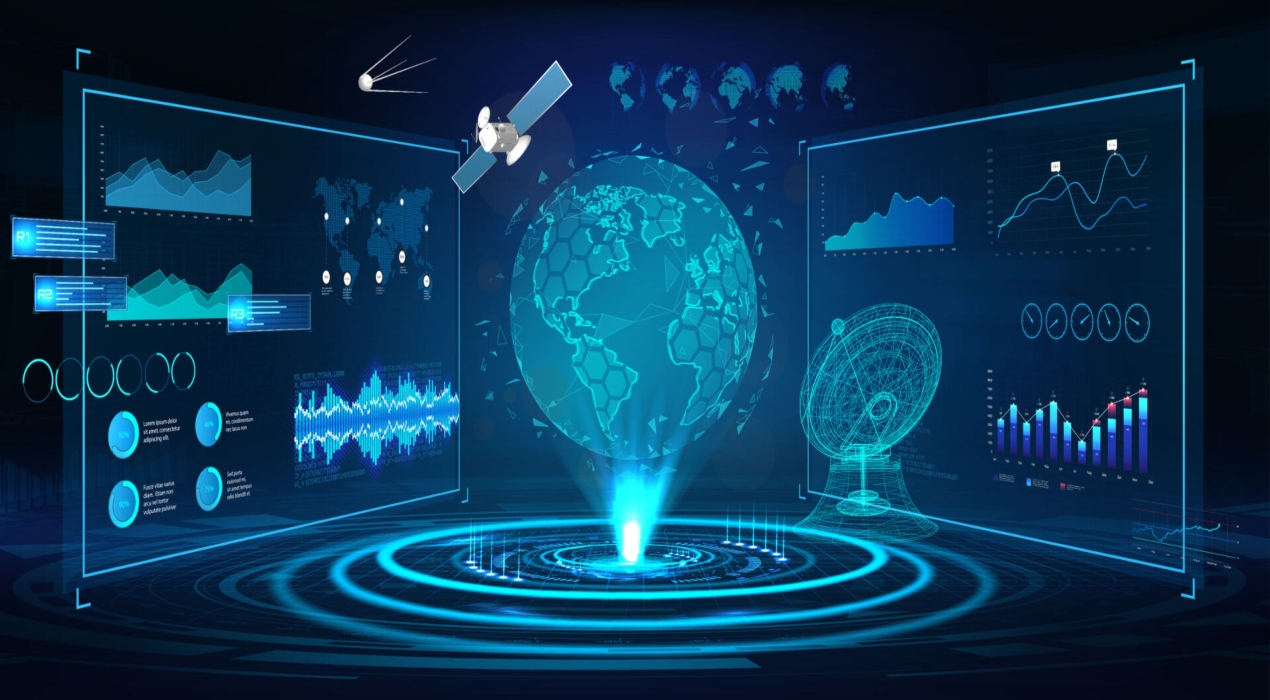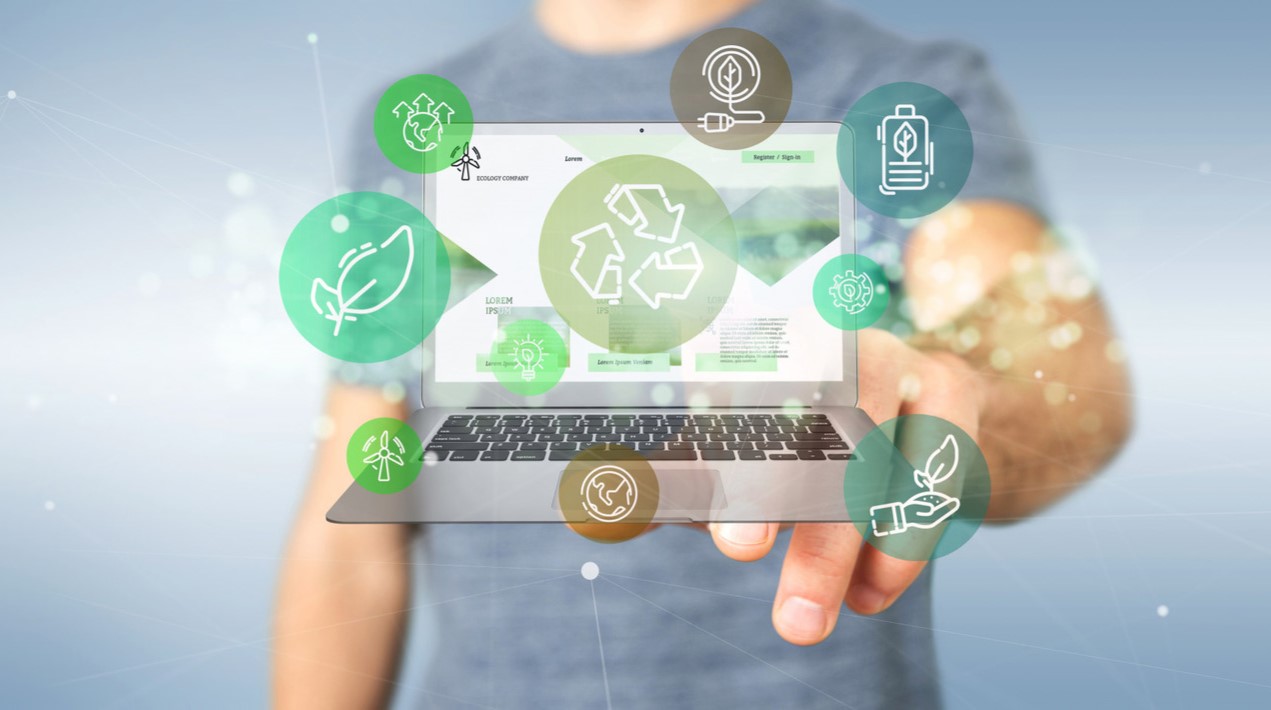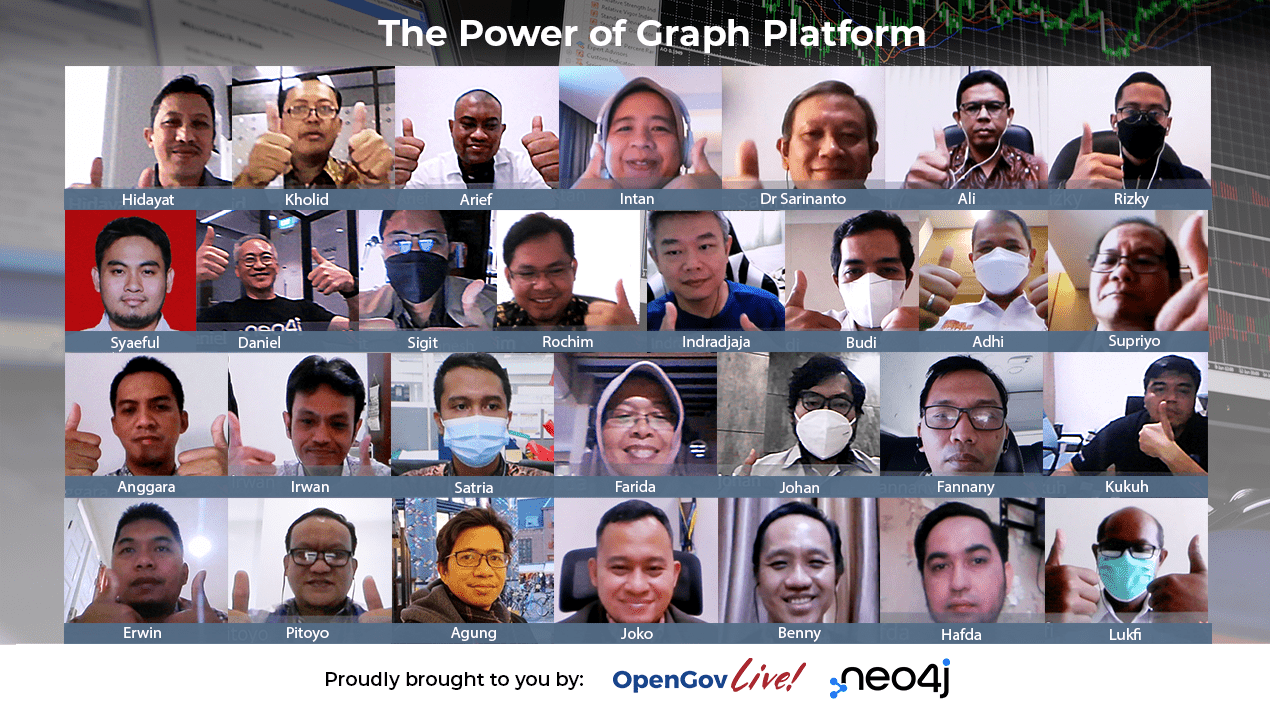
The growing potency of an AI Platform combined with a Graph Data Platform is successfully enhancing machine learning models and ultimately tackling complex decision making effectively. Undeniably, both technologies are working hand-in-hand to make data relationships simpler by being scalable, performant, efficient and agile.
The most evident advantages of Graph Data Platform were seen during the pandemic when governments needed to track down community infections. From tracing connections via complicated social networks to comprehending interconnections, Graph Data Platform with AI Platform has proven to be an excellent tool for data management in real-time.
Graph Data Platform successfully assists in aiding organisations to make data-driven, intelligent decisions. Additionally, it helps prevent fraud and potential information leaks that mushroom disproportionally with the rapid COVID-driven digitalisation.
The added agility that Graph Data Platform offers, makes it clear that the combination should be the preferred decision-making methodology. Further, an AI Platform along with a Graph Data Platform has proven to be cost-effective for the government and financial institutions.
In times of crisis, obtaining information in real-time has become critical for decision-making. With a Graph Data Platform, information can be structurally arranged quickly. These powerful capabilities are the missing link for agencies to drive actionable outcomes from the data.
Organisations will benefit from an enhanced machine learning model to build an intelligent application that traverses today’s large, interconnected datasets in real-time. The copious volumes of data that organisations generate and collect need to be analysed and interpreted if they are to streamline methods in forecasting based on real-time information and serve as an effective decision-making tool.
OpenGovLive! Virtual Breakfast Insight held on 2 December 2021 provided the latest insights on delivering an effective and efficient citizen or customer experience using Graph Data Platform. This was a closed-door, invitation-only, interactive session with the top Indonesian private and public sectors.
Mining and optimising the “new oil”
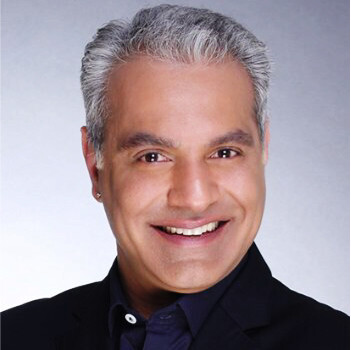
Mohit Sagar, Group Managing Director and Editor-in-Chief, OpenGov Asia, kicked off the session with his opening address.
Data is referred to as the new oil, Mohit says, but in and of itself it holds no value. It needs to be mined, refined and optimised to become a performing asset.
The world has fundamentally shifted and the challenges of these times will require sophisticated solutions to generate actionable information that will be vital for decision-making in real-time. Technology and data are the key pillars, Mohit asserts. While both the public and private sectors have vast amounts of data, are they obtaining genuine value from it?
This raises two fundamental questions: What technology is being used to find data today? Is there untapped technology that has not been explored?
Globally, public and private institutions are looking for excellent tools for data management in real-time. Obtaining real-time analysed data to help make critical decision making, moving an organisation or business from “good to great.” He stressed that increased visibility can help organisations make better decisions. It empowers people to make informed decisions, he asserts.
To enhance citizen experiences and to deal with the constant change, institutions need to be more intuitive to sense and respond to new technology opportunities to drive digital transformation. Websites need to be easy to use and safe to use across different mediums and devices. For Mohit, developing new competencies will increase trust and engagement, ease of use and ways of responding to a request.
Governments across the world are looking for excellent tools for data management in real-time that can provide insights into data, Mohit observes. The growing potency in an AI Platform combined with a Graph Data Platform has been proven to strengthen machine learning models and address complex decision making effectively, making it an ideal tool.
Graph Data Platform offers a tremendous edge in detecting and interpreting data, Mohit opines. Graph technology can now detect and interpret data to expand finance decision making and understand citizens better. It also offers fast screening, which is particularly effective for discovering money laundering, terrorist financing or corruption to improve governance and compliance.
One of the most obvious use cases for Graph Data Platform is contact tracing. Since COVID-19 proliferates through social interactions, Graph Data Platforms are perfectly suited to helping scientists and policymakers expose and understand connected data – from tracing connections through multifaceted social systems to understanding dependencies between people, places and events.
Before closing, Mohit stressed that organisations need to get smarter about leveraging resources and tools around them to achieve their business goals. He reminded agencies of the complexity of the challenges besetting the world today and the need to elevate the technology they are using. Against this backdrop, it would be wise for delegates to partner with experts to better place themselves to respond with agility and efficiency in a rapidly evolving world.
Accelerating growth through harnessing insights
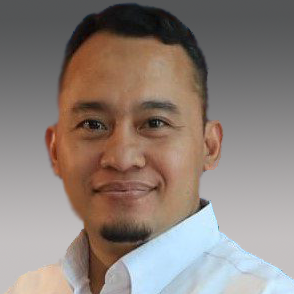
Joko Parmiyanto, Chief of IT Transformation Division, Statistics Indonesia, spoke next about the strategies to pivot towards being an insights-driven organisation.
The challenges in this day and age are endless: issues of unintegrated data collection, the accuracy and coherence of data, the lack of policy and quality assurance, little attention to data users, lack of relevance and timelines and issues of data access.
He further explained what moving towards Indonesia One Data entails:
– Data Standard: Standards governing methodologies covering concepts, definitions, scope, classifications, measures, and units
– Metadata standard: Structured information that serves to describe the content and sources of data so that they can be easily found, used, or managed again
– Reference Code: The ability of data to be exchanged or shared between interacting systems
– Interoperability: The data generated must use the Reference Code and Master Data available on the One Data Portal
Emphasising the importance of utilising metadata-driven applications, Joko opines that reliable metadata gives the government more information and the ability to know – what is the collected data among ministries/agencies, what the data represents, how data moves through systems and who has access to it. For him, metadata-driven is the key success to realise data integration and orchestration among ministries/agencies.
Moving towards a single source of truth can help to streamline the flow of information and ensure information accuracy. Empowered by technology to manage, streamline and harness data, his organisation has launched Indonesia Data Hub (INDAH), which is a one-stop collaboration platform that aims to improve data literacy and value of statistics as well as support data interoperability and data exploration.
In summary, Joko reiterated the value of properly utilising and organising data. The insights generated through the proper use of technology can be the differentiating factor that propels the growth of the organisation.
Unlock the power of context and relationships with Graph technology
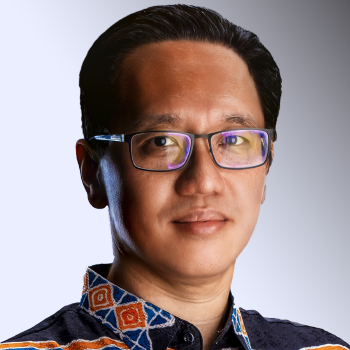
Benny Kusuma, Country Head – Indonesia, Neo4j, elaborated how Graph Data Platforms can elevate the operations and tackle issues that organisations and institutions are facing.
“Data is the new oil,” Benny agrees, building on Mohit’s opening analogy. “Data is the new plutonium.” In 2017, The Economist declared data to be the world’s most valuable resource while Forrester calls it “the new currency of business.”
Benny explains that a traditional database stores data in rows, columns and tables. They are great for quick storage and retrieval of data and aggregating. However, the architecture is not built for understanding relationships. Storing data as a graph on the other hand – as a network or web of interconnected things has some specific advantages. “It can be a game-changer” when applied to the right use case, unlocking new insights for otherwise impossible decision-making.
When that is made accessible it accelerates digital transformation and empowers decision making like never before. Data shapes every facet of the organisation; it inspires ideas, solves problems and allows organisations to monetise the vast reserves of data.
Yet, Benny observes from a study, that half of the data is still untapped and the pool of unconnected data is growing. A report forecasts that there will be 175ZB of data generated by 2025. However, 55% of an organisation’s data will be “dark” – unquantified and untapped – according to another recent global research. There is tremendous business potential in curating data relationships from the untapped, unconnected data, Benny opines.
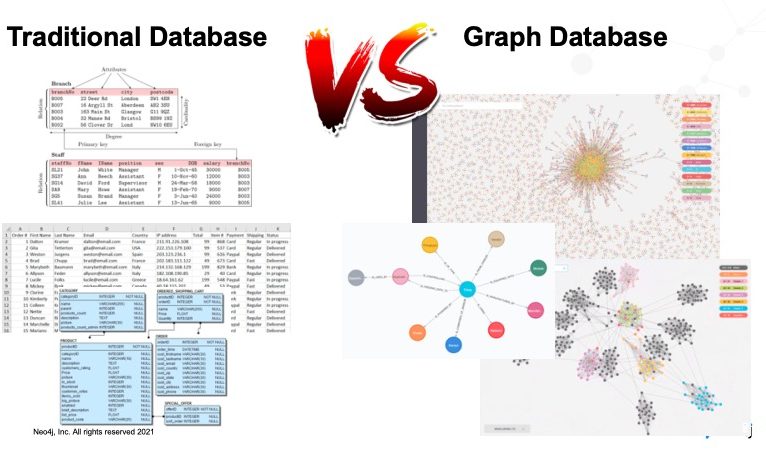
Today, business leaders recognise that data is key to success, yet very few can say that their organisations successfully tap the value of all of their data and data relationships. To become truly data-driven and data-proven requires a system and a method that not only makes data more intelligent with an organisation’s growing business and data strategy, but also helps agencies find and tap into connections within data.
This is where Graph Data Platforms come into the picture: establishing relationships and connecting data. With other modes of organisation, basic organising principles are added to data to create a knowledge base. However, the context is shallow and quickly ages because the underlying infrastructure is not built for relationships. If the system can combine data, semantics and a graph structure, organisations will end up with a knowledge graph that has dynamic and very deep context because it was built around connected data.
Neo4j is the creator of the Property Graph and Cypher language at the core of the GQL ISO project. With thousands of Customers World-Wide, Neo4j is headquartered in Silicon Valley and has outposts in Singapore, Indonesia China, Australia, India and Japan.
Articulating the value of Neo4j, Benny asserts that Neo4j’s Graph Data Platform technology gives an edge in producing deep context through processing collected data to connected data. He points out that analysts have taken notice and ranked Graph Data Platforms as one of the top 10 trends in data and analytics in the last 3 years.
Graph Data Platforms are extremely versatile and can elevate the capability of companies and agencies – their use cases range from oversight, resource management, science and education, planning to security. With Graph Data Platforms, people can solve the previously unsolvable. Top financial institutions, retailers and telecoms, global governments overseeing civilian affairs, defence, and intelligence use Neo4j to analyse, optimise and protect. They have enabled customers to manage financial fraud, patient outcomes, the mission to Mars, global fare pricing and vaccine distribution.
In closing, Benny reminded delegates that Neo4j created the graph category and that it is a tool that can catapult organisations in their growth through faster and better-quality insights.
Interactive Discussions
After the informative presentations, delegates participated in interactive discussions facilitated by polling questions. This activity is designed to provide live-audience interaction, promote engagement, hear real-life experiences, and facilitate discussions that impart professional learning and development for participants.
The first poll inquired on the biggest challenge that delegates face when analysing information to handle a critical decision-making situation during a crisis. Most delegates (37%) indicated that exploring data relationships is the biggest challenge, followed by the difficulty in drawing conclusions (29%). The rest of the delegates expressed that their challenge lies in the interpretation of data (17%), the effectiveness of the data (13%) and ineffectiveness of the data (4%).
Mohit feels it is about how agencies look at data as a whole, identify relationships and contextualise the data. He also added that data has to be anonymised and shared, otherwise it is not “oil”.
On being asked what they experience as the greatest hurdle to becoming more data-driven, almost half (44%) of the delegates said that the skillset of the required workforce was the greatest hurdle. The rest felt their greatest hurdle was the annual IT budget or finance (28%), IT business or related projects alignment (24%) and challenges of IT infrastructure (4%).
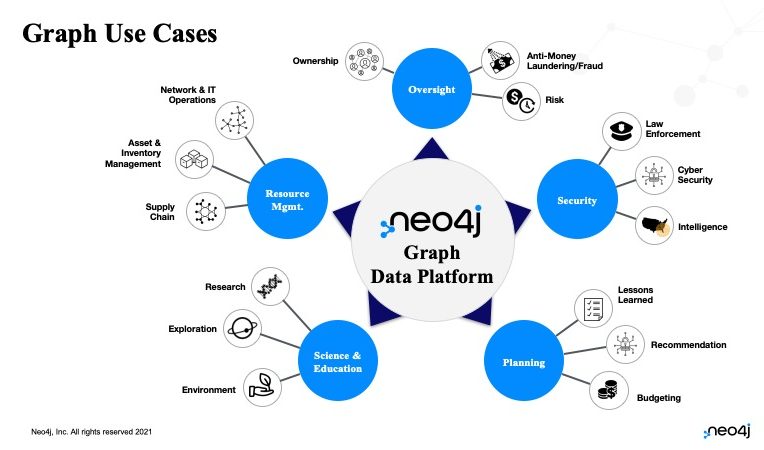
On the pain points in their data-driven decision-making journey, an overwhelming majority (68%) found the use of data to drive business in a better more effective way to be a major hurdle while the rest (32%) opted for the need to capture more data (32%) as the ket issue.
Mohit believes that the issue is with generating insights. Capturing data is expensive but without proper organisation and sense-making of the data, the expenditure will not translate into usable insights. The key is to upskill so that agencies can harness the insights from data.
For use cases that best depict how Graph Data Platforms can be valuable to their organisation’s work, most (32%) found AI and Machine Learning the most compelling use case, followed by real-time analysis (24%). The rest of the delegates were split between identity graph (16%), customer 360 (12%), supply chain (12%) and fraud/money laundering (4%).
When asked about the current usage of Graph Data Platforms in their department or organisation, nearly half (46%) admit that they use it to a limited extent and are in the initial phase of exploring how it can be of value.
Other delegates use Graph Data Platforms at the enterprise level and are curious to find out more about scalability and distribution (advanced users/clients) (27%). The rest either use it on a small scale and have some understanding of it works (18%) or use it in several projects but not at the production level – not on large scale – (9%).
Inquiring what delegates thought were the advantages of Graph Data Platform and how it will enhance their daily decision-making process, about half (46%) were familiar but have not implemented the technology. The rest of the delegates were either not familiar and have not implemented the technology (33%) or have already implemented and are currently using the technology (21%).
Conclusion
In closing, Benny expressed his gratitude to everyone for their participation and highly energetic discussion.
He is firmly convinced of the edge that Graph Data Platforms offer organisations in their journey towards digital transformation. Complex problems require innovative solutions and harnessing Graph Data Technology can boost capabilities by generating real-time information and deeper analysis.
Before ending the session, Benny highlighted the importance of a Graph Data Platform in vaulting organisations to greater heights. Reiterating that digital transformation is an ongoing and collaborative journey, Benny encouraged the delegates to connect with him and the team to explore ways forward.








